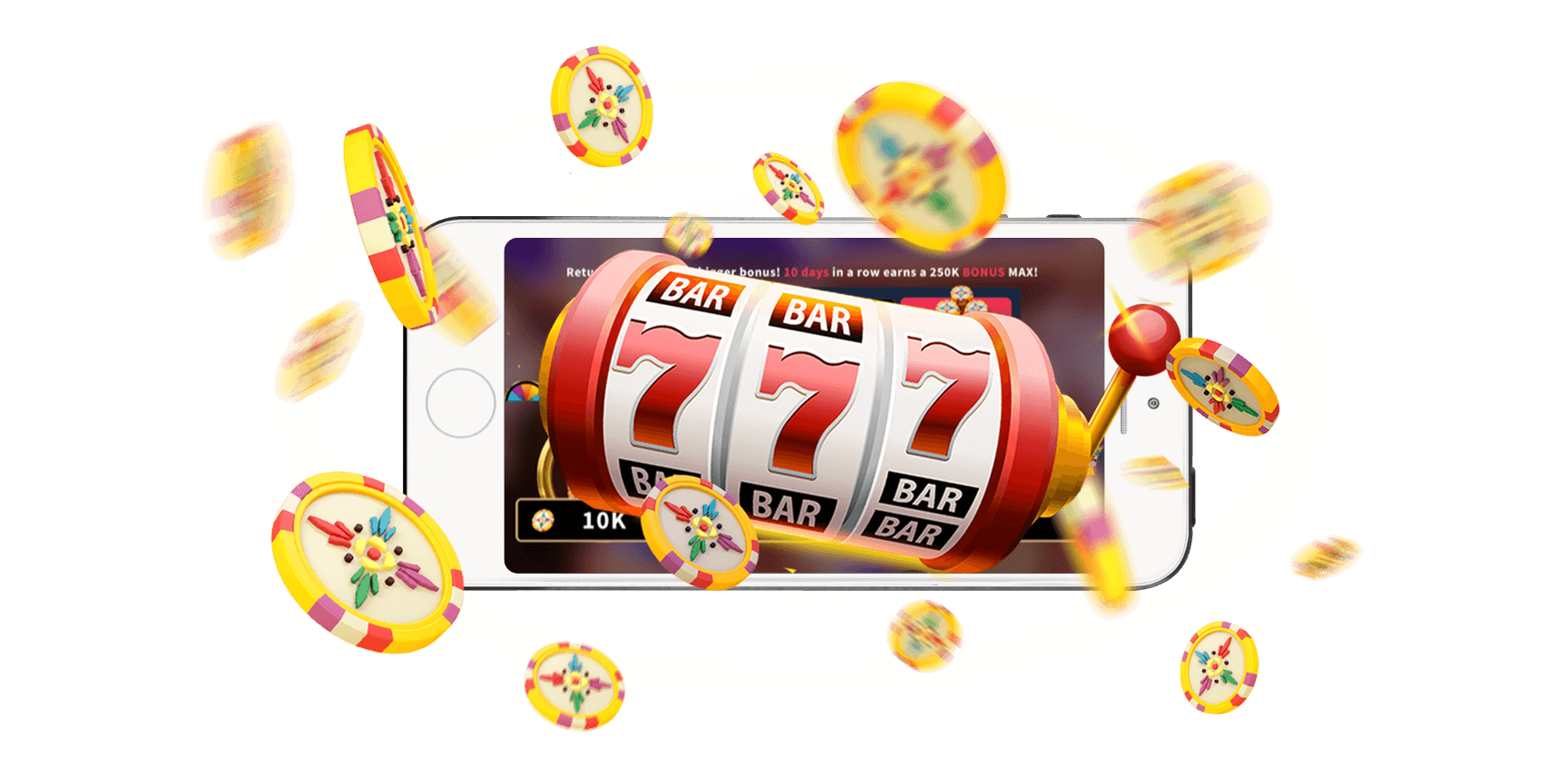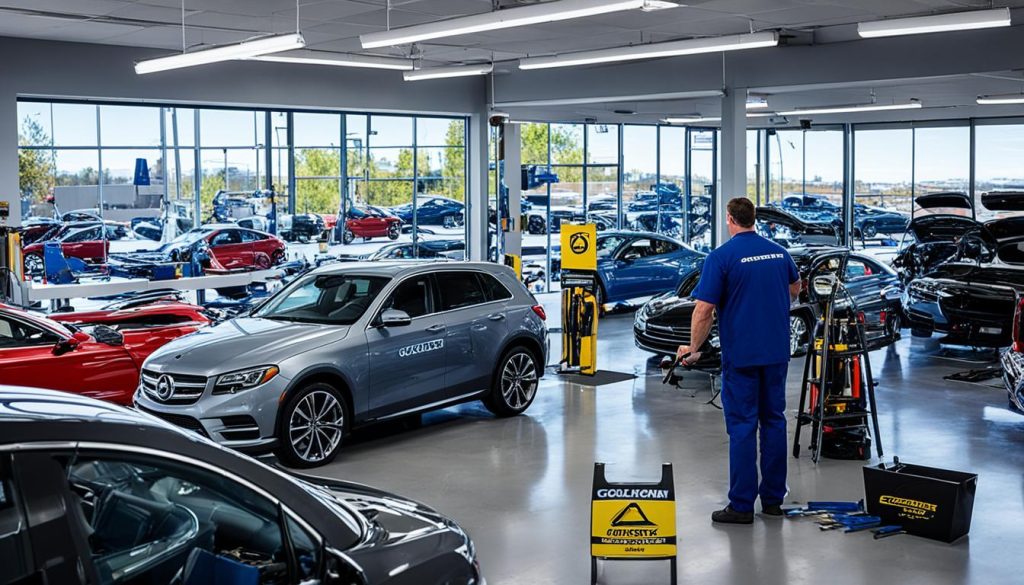Winter is officially gasping its final breaths with spring just a couple days away. For most of the country, that means it’s time to start pulling classics and collectibles out of their seasonal slumber. Here in the Northeast, we hit our first couple days with 70-degree temps. And like clockwork, told cars and trucks started to emerge.
Preparing an old car for its first drive of the season after winter storage is essential to starting out the season right. It’s better to find a problem early than in that big drive later in the year.
Here’s a comprehensive checklist to guide you through the process:
Outside the vehicle
Walk around the car and examine it for anything that may have gotten damaged while in storage. Look for underneath for fluid puddles and drips, noting the color and location relative to the car. Check the tires for tread wear and signs of dry rot. Inflate the tires to the recommended pressure. Inspect the windshield wiper blades for dry rot or hardness.
Inside the vehicle
Look for evidence of rodents such as droppings, chewed upholstery or carpeting, or shredded insulation. Sniff for musty odors and test for damp upholstery, as well as looking out for mold or mildew forming on surfaces.
Under the hood
Check the engine oil level and condition, examining the dipstick for signs of moisture or fuel. Top it off as needed or perform an oil change if you didn’t do one before storing it. Confirm the coolant, brake fluid, power steering fluid, transmission fluid, and windshield washer fluid are adequate, topping them off as necessary.
Inspect the battery terminals for corrosion and clean them if needed. Also, test the battery voltage with a multimeter, even if it’s been on a battery maintainer over the winter. While you’re in there, check the condition of all the belts and hoses for signs of wear, cracks, or deterioration. Replace any damaged components as needed.
Test the brakes
Before starting the car, test the brakes for proper operation by gently applying pressure to the brake pedal. Be alert for any sponginess, binding, or unusual noises. Visually inspect what brake components you can, and don’t ignore the parking brake operation.
Check electrical functions
Test all the lights, including headlights, taillights, turn signals, and brake lights, to ensure they are working correctly. Check the horn, wipers, and other electrical components for proper operation.
Start your engine
Start the engine and allow it to warm up gradually. Listen for any unusual noises or vibrations. Don’t be surprised by a bit of off-colored smoke on the first startup unless it continues once the engine reaches operating temp.
Get on the road
Take the vehicle for a short test drive to evaluate its performance, handling, and braking. Pay attention to any abnormal noises, vibrations, or handling issues and plan to address them accordingly. Don’t forget to take your phone along with you and let someone know where you’re going and when you expect to return.
It might be wise to have someone follow you for “sweep” duty in case something fails. Worst case, they can check out the car while it goes down the road.
#Preparing #Classic #Drive #Winter #Storage















